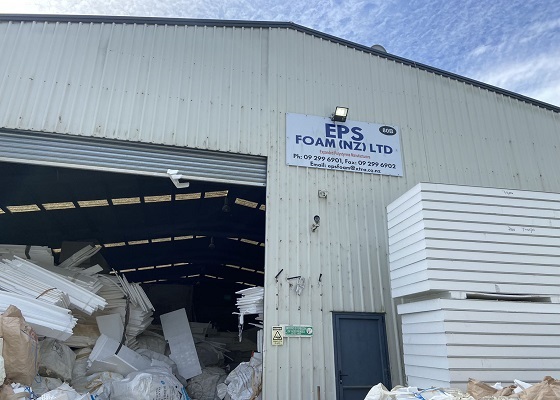Polystyrene, the starting point for expanded polystyrene, is a semi-viscous compound made from the styrene raw material. Beads or pellets of polystyrene are the most common shapes. A range of products are made from this hard, colorless plastic. The polystyrene beads are expanded into foam to create expanded polystyrene, which is done with the help of heat, typically steam. Pentane and carbon dioxide are the two most often employed blowing agents. Millions of air pockets are added to the polystyrene during the polymerization process, which both aids in its ability to expand and gives it a low heat conductivity. The product can be shaped into a variety of forms and sizes during expansion. Amazingly, EPS can have a compressed strength of up to 60 psi or more even though the final product is 90% air.

Foamed polystyrene, often called expanded polystyrene or EPS, is a popular packaging material. So why has this packaging material become popular all over the world in a short period of time? In fact, different industries have different focuses, but one advantage recognized by all industries is the low price of expanded polystyrene. This advantage is enough to make all industries tempted, and it is also what small and medium-sized enterprises rely on. The main reason for polystyrene packaging. Not only is expanded polystyrene cheaper to manufacture, but also because expanded polystyrene is light in weight and will not cause excessive loads during transportation, which is also a money saving. But if we want to continue to use this kind of packaging, we must do a good job in recycling it after use. Using polystyrene compactor for recycling can effectively reduce the environmental pollution caused by polystyrene packaging after use.

The Polystyrene compactor compresses the waste packaging and squeezes out the excess air. The compression ratio reaches at least 50:1. These compressed polystyrene blocs can be made into plastic particles and supplied to new factories to manufacture new plastic products.